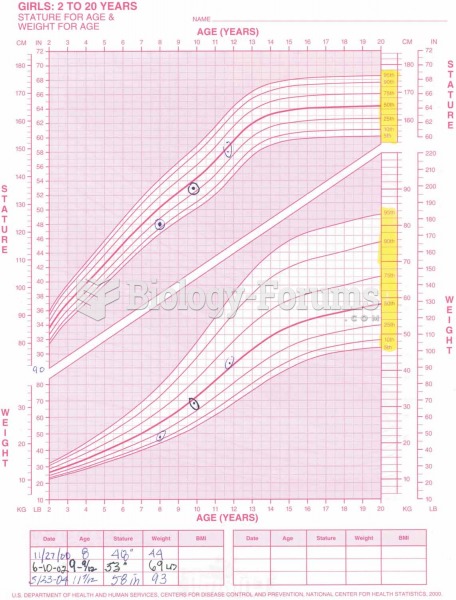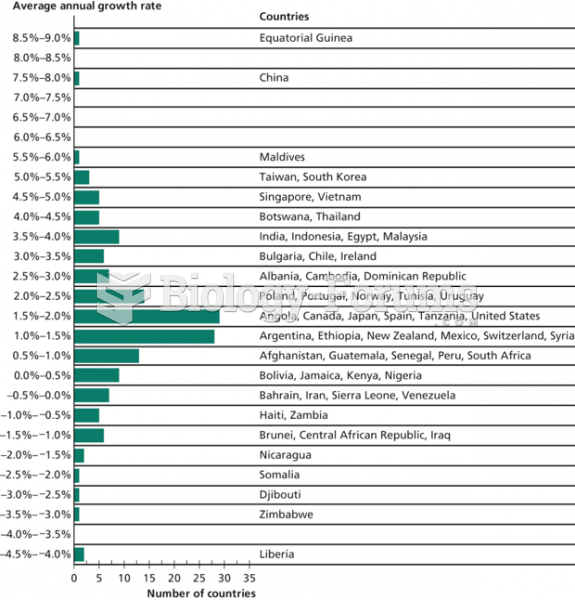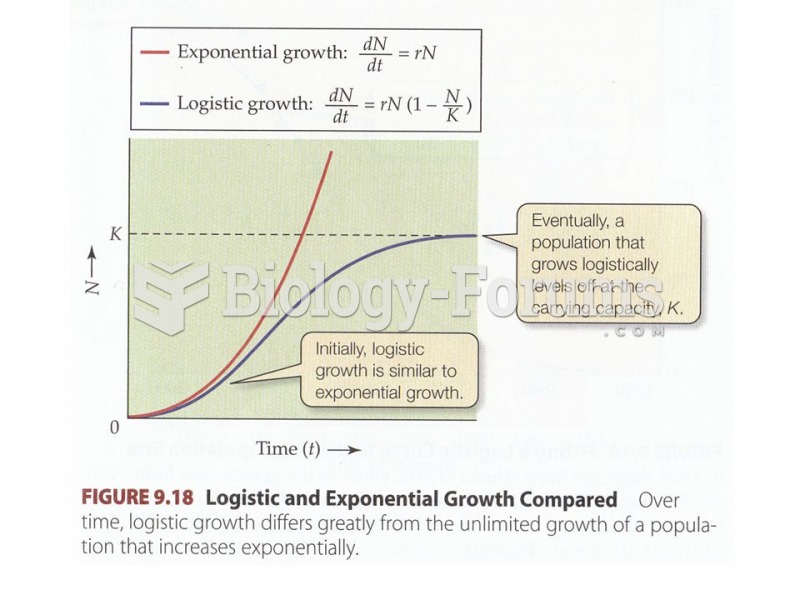Classify each polymer below as step-growth or chain-growth.
 Question 2
Question 2Draw the structure(s) of the monomer(s) used to make each of the following polymers.
 Question 3
Question 3Draw the structure(s) of the monomer(s) used to make each of the following polymers.
 Question 4
Question 4Draw the structure(s) of the monomer(s) used to make each of the following polymers.
 Question 5
Question 5Draw the structure(s) of the monomer(s) used to make each of the following polymers.
Draw:
 Question 6
Question 6Monomer A is copolymerized with Monomer B and is found to have the following structure:

The type of copolymer formed is:
a.
a random copolymer
b.
an alternating copolymer
c.
a block copolymer
d.
a graft copolymer
Question 7Do you expect nitroethylene to be more or less reactive than ethylene toward anionic polymerization? Explain.

Question 8Do you expect nitroethylene to be more or less reactive than ethylene toward cationic polymerization? Explain.

Question 9Rank the following monomers in order of increasing reactivity toward anionic polymerization (least reactive to most reactive).

a.
III, II, IV, I
b.
II, III, I, II
c.
I, IV, III, II
d.
IV, III, II, I
Question 10Rank the following monomers in order of increasing reactivity toward cationic polymerization (least reactive to most reactive).

a.
III, IV, I, II
b.
II, I, IV, III
c.
I, II, IV, III
d.
IV, III, I, II
Question 11MATCH a term or structure from the list below to each of the following definitions or names. Place the letter of the term or structure in the blank to the left of the definition or name which it describes.
A.
BF
3 + H
2O
B.
elastomer
C.
chain-growth polymer
D.
AL(CH
2CH
3)
3 + TiCl
4 E.

F.

G.
thermoplastic
H.
homopolymer
I.
plasticizers
J.
thermosetting resins
K.
copolymers
L.
step-growth polymer
M.
Grubbs catalyst
N.
metallacycle
O.

P.

______ four-membered metal containing intermediate
Question 12MATCH a term or structure from the list below to each of the following definitions or names. Place the letter of the term or structure in the blank to the left of the definition or name which it describes.
A.
BF
3 + H
2O
B.
elastomer
C.
chain-growth polymer
D.
AL(CH
2CH
3)
3 + TiCl
4 E.

F.

G.
thermoplastic
H.
homopolymer
I.
plasticizers
J.
thermosetting resins
K.
copolymers
L.
step-growth polymer
M.
Grubbs catalyst
N.
metallacycle
O.

P.

_____ General structure: M=CHR
Question 13MATCH a term or structure from the list below to each of the following definitions or names. Place the letter of the term or structure in the blank to the left of the definition or name which it describes.
A.
BF
3 + H
2O
B.
elastomer
C.
chain-growth polymer
D.
AL(CH
2CH
3)
3 + TiCl
4 E.

F.

G.
thermoplastic
H.
homopolymer
I.
plasticizers
J.
thermosetting resins
K.
copolymers
L.
step-growth polymer
M.
Grubbs catalyst
N.
metallacycle
O.

P.

____ a Ziegler-Natta catalyst
Question 14MATCH a term or structure from the list below to each of the following definitions or names. Place the letter of the term or structure in the blank to the left of the definition or name which it describes.
A.
BF
3 + H
2O
B.
elastomer
C.
chain-growth polymer
D.
AL(CH
2CH
3)
3 + TiCl
4 E.

F.

G.
thermoplastic
H.
homopolymer
I.
plasticizers
J.
thermosetting resins
K.
copolymers
L.
step-growth polymer
M.
Grubbs catalyst
N.
metallacycle
O.








